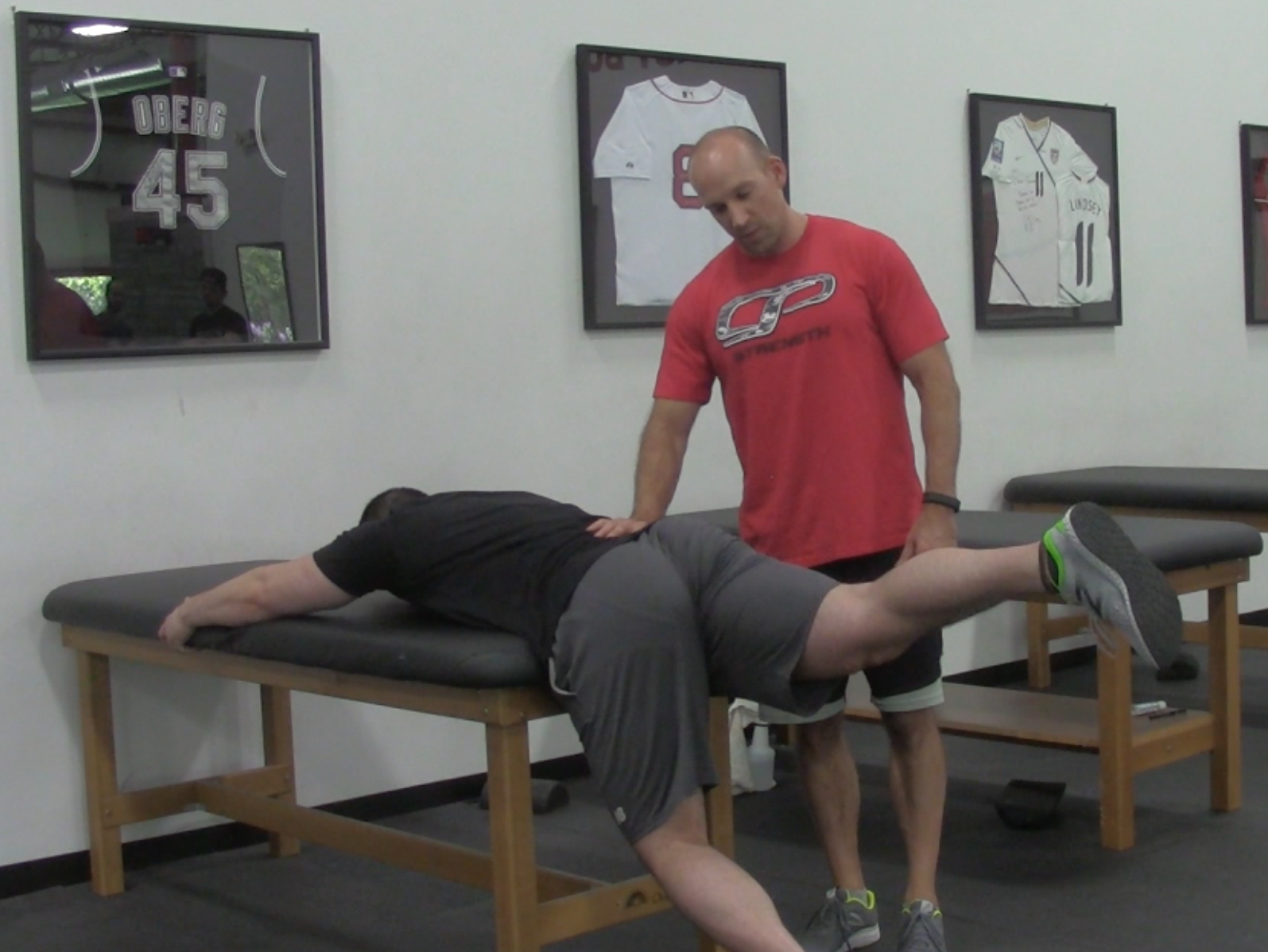
What (Physically) Goes Into a Good Swing
Cressey Sports Performance athlete Chris Taylor had a big go-ahead 2-run HR last night for the Dodgers – and the second I saw this photo of his swing on Instagram, I immediately got to thinking about how great a representation it is of the demands of the swing.
As a right-handed hitter, the pelvis rotates counterclockwise toward the pitcher during the swing. However, “counterclockwise” doesn’t really do justice to the fact that it’s actually hip movement in three planes: rotation (transverse), abduction (frontal), and extension (sagittal). Additionally, earlier in the swing, the torso actually rotates clockwise to create the separation that allow for greater storage of elastic energy and sets the stage for the barrel getting to the zone at the right time and angle – and for as long as possible. This reminds us that you can’t have good swing mechanics if you don’t have mobility in the hips and thoracic spine, and adequate stability in the core to prevent any energy leaks.
More specific to this photo, though, is the fact that all that motion from the trailing leg has taken place, which means all the force has been transferred forward – and something has to “accept it.” We often use the analogy of riding a bike into a curb; if the curb isn’t hard, the kid doesn’t get launched over the handlebars. In this case, the “firm curb” is the front leg creating a blocking effect as the hip extensors and external rotators (glutes!) eccentrically control that aggressive force transfer into the lead leg. As you’ll see in this photo, sometimes the tri-planar forces are so significant that guys might even roll to the lateral aspect of their shoes. And, unless they’re in a great pair of New Balance cleats, they might even “swing out of their shoes” (yes, you’ll sometimes see guys fold over the side of cleats that don’t have good lateral stability).
Anyway, let’s take this example to an untrained 15-year-old who doesn’t have the strength, motor control, and mobility foundation that Chris has here. There’s a good chance he’s going to go to the wrong places to find a lot of this motion to generate, transfer, or accept force – and the most common spot is the lower back. You’ll commonly see stress fractures and annoying tightness in this region in these kids because the lumbar spine isn’t conditioned to produce force or go through significant rotational motion. Watch one of these kids go through a simple bowler squat and they usually fold up line a lawn chair.
In my experience (both in pitching and hitting), the kids most at risk are the ones who grow quickly at a young age. They have long levers that help them to generate velocity, but insufficient physical strength and range of motion to dissipate these aggressive patterns as they get to this position and beyond. They’re all gas and no brakes.
Chicks can’t dig the long ball if you’re in a back brace because you ignored your hip and thoracic mobility and core stability. Take as much pride in your physical preparation as you do in your swing. Chris sure does!


